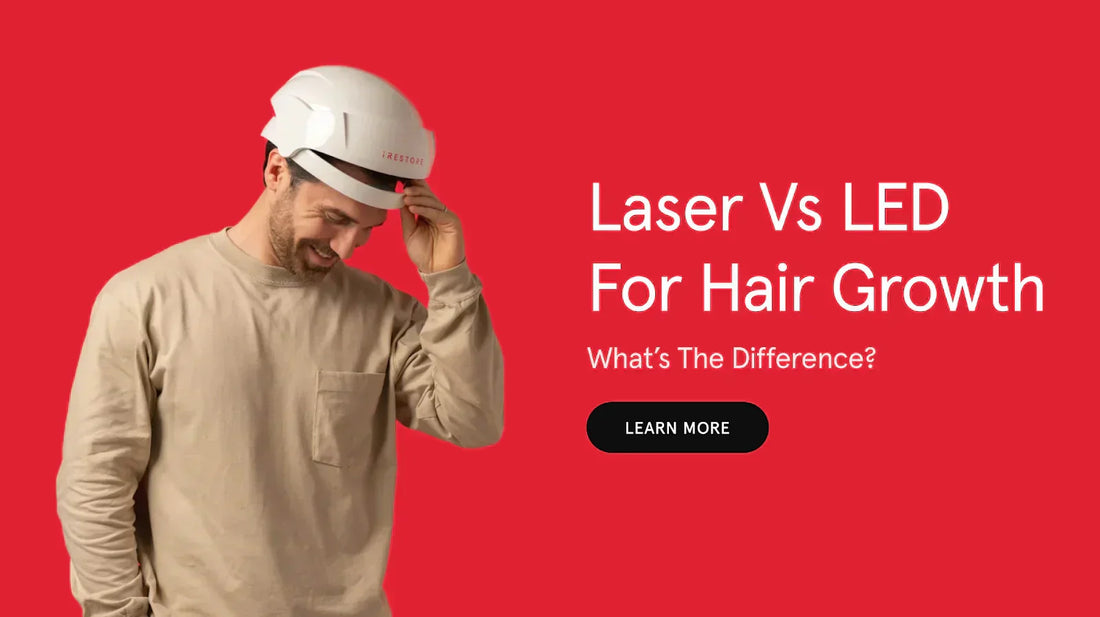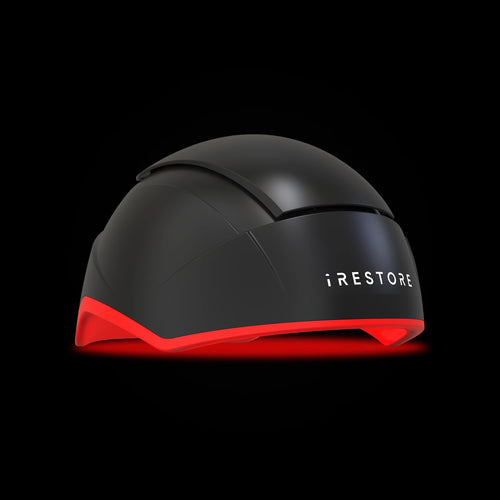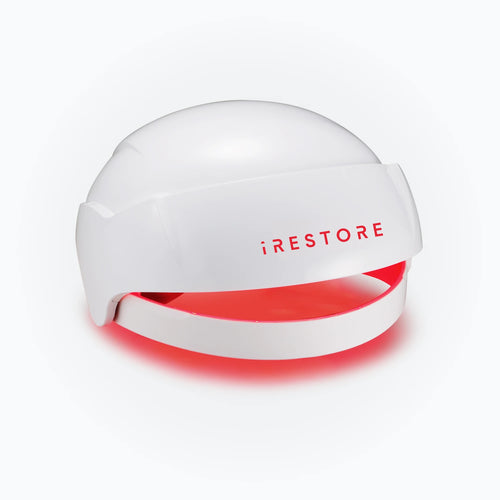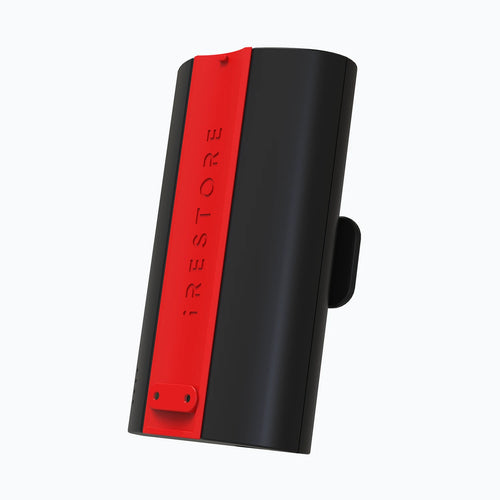Light-based therapies have quickly become one of the most talked about options in modern hair care. By using safe, low-level red light, these devices work beneath the surface of the scalp to energize follicles and support natural growth. They offer a non-invasive approach that fits easily into daily routines, making them appealing to both men and women looking to improve hair density.
But within this category, one debate stands out: Laser vs LED: which technology is better for hair growth? Both use red light to target the scalp, yet they work in different ways and offer unique benefits. Lasers are known for their precision, while LEDs provide wider coverage and comfort. For someone exploring hair growth solutions, understanding the difference can help in choosing the right device.
Lasers vs LEDs: How They Differ
Both lasers and LEDs use red light to stimulate hair follicles, but they deliver it in different ways. Understanding how each works can help you see their strengths and limitations.
Laser Hair Growth Devices use narrow, concentrated beams of light. Because the light is focused, it penetrates deeper into the scalp and targets hair follicles with precision. This makes lasers effective for stimulating regrowth in specific areas. However, lasers typically cover a smaller section of the scalp at a time, which means longer sessions or fewer follicles treated per use. They also tend to be more expensive because of their medical-grade design.
LED Hair Growth Devices, on the other hand, spread light over a wider area. The beams are less concentrated but cover more of the scalp in one session. This broader exposure can be especially convenient for at-home users since it requires less effort and saves time. LEDs are also generally more affordable and comfortable, making them a practical choice for everyday routines. The trade-off is that they may not penetrate quite as deeply as lasers, so results often rely on consistent long-term use.
|
Feature |
Laser Devices (LLLT) |
LED Devices |
|
Light Focus |
Narrow, concentrated beams |
Broad, diffused beams |
|
Coverage Area |
Targets small sections at a time |
Covers larger areas of the scalp |
|
Penetration |
Deeper, more precise |
Shallower, gentler |
|
Effectiveness |
Strong, clinically proven |
Proven with consistent long-term use |
|
Ease of Use |
Longer sessions, less convenient |
Hands-free, comfortable for daily use |
|
Cost |
Higher, medical-grade pricing |
More affordable and accessible |
|
Best For |
Targeted regrowth in specific areas |
Everyday at-home convenience |
How Light Therapy Works for Hair Growth
Red light therapy, also known as low-level light therapy (LLLT), is built on a simple idea: light can energize your cells. When red light reaches the scalp, it penetrates into the skin and stimulates the hair follicles. This process helps improve blood circulation, increases the delivery of oxygen and nutrients, and “wakes up” follicles that may be inactive.
Instead of masking thinning hair, light therapy supports the natural growth cycle. It encourages follicles to remain in the growth phase (anagen) for a longer period, which can lead to thicker, fuller hair over time. The treatment is non-invasive, meaning there are no needles, no drugs, and no surgeries involved. It uses only safe, controlled light that works with your body’s natural processes..
Another key point is that this light is very different from UV rays from the sun. UV can burn or damage skin, while the red light used in hair growth devices is low-level, gentle, and safe for repeated use. With consistent sessions, users often notice reduced shedding and stronger hair density in treated areas.
Why Laser and LED Hair Growth Devices Are Safe to Use at Home
One of the most common questions people ask about light-based hair growth devices is whether they’re safe. Both lasers and LEDs used for hair restoration fall under low-level light therapy (LLLT), which is non-invasive and gentle. Unlike UV rays from the sun, this type of red light does not burn the skin, damage tissue, or increase cancer risk. Instead, it works with your body’s natural processes to encourage healthier hair growth.
From a comfort standpoint, both lasers and LEDs are designed for regular at-home use. Neither produces heat, so there’s no burning or discomfort during a session. The main difference lies in how the light is delivered. Laser devices feel more targeted but cover smaller areas, meaning sessions may take longer. LED devices provide broader coverage, creating a more relaxed and user-friendly experience.
For the best results, it’s important to choose FDA-cleared devices and follow usage instructions carefully. Consistency is essential, and moderation is equally important, since using the device as directed ensures reliable performance and long-term comfort.
In short, both laser and LED devices are safe and comfortable when properly designed and used as recommended.
Getting the Best of Both Lasers and LEDs with iRESTORE
When it comes to choosing between lasers and LEDs for hair growth, many people wonder which option will deliver the best results. Instead of forcing you to pick one, iRESTORE combines both technologies into a single device, giving users the benefits of each.
By using medical-grade lasers alongside high-quality LEDs, iRESTORE devices are able to deliver the precision of lasers and the broad coverage of LEDs at the same time. The lasers penetrate deeper into the scalp to target follicles with focused energy, while the LEDs bathe larger sections in gentle light to ensure no areas are missed. This combination helps maximize stimulation across the scalp in every session.
Safety and comfort are built into the design. The devices are FDA-cleared, meaning they meet rigorous safety standards for at-home use. Sessions are hands-free, non-invasive, and completely pain-free, making it easy to stay consistent, which is the key to seeing thicker, fuller hair over time.
Trusted by over 500K customers worldwide, iRESTORE has become one of the most recognized names in at-home hair restoration. It’s an approach designed not only to restore hair but also to restore confidence.
Regrow Hair, Regain Confidence with iRESTORE
The debate between lasers vs LEDs for hair growth often comes down to precision versus coverage. Lasers deliver focused, deeper light for targeted stimulation, while LEDs spread light more broadly for convenience and comfort. Both can be proven, and both are safe when used as directed. The real difference lies in how each fits your lifestyle and goals.
With iRESTORE, you don’t have to choose. By combining lasers and LEDs in one device, iRESTORE provides the benefits of both technologies in a single, easy-to-use system. The result is maximum scalp coverage, safe light delivery, and a treatment that fits seamlessly into your daily routine.
Trusted by over 500K customers worldwide, iRESTORE helps users restore not just their hair, but also their confidence. Confidence restored!
FAQs
-
Are laser and LED hair growth devices safe to use at home?
Yes. Both lasers and LEDs fall under low-level light therapy (LLLT), which is non-invasive, gentle, and FDA-cleared in reputable devices. They do not emit harmful UV rays, cause burns, or damage tissue when used as directed. -
Which works better for hair growth: lasers or LEDs?
Both are clinically proven, but they work in slightly different ways. Lasers penetrate deeper with precision, while LEDs provide broader, gentler coverage. Results often depend on consistency of use. -
How long does it take to see results from light therapy devices?
Most users notice reduced shedding and early signs of regrowth in 3 to 6 months, with continued improvements over time when used consistently. -
How does iRESTORE combine lasers and LEDs?
iRESTORE devices use medical-grade lasers for precision and high-quality LEDs for broad coverage. This dual approach ensures maximum scalp stimulation in every session. -
Can iRESTORE work for both men and women?
Yes. iRESTORE is FDA-cleared to treat genetic hair loss (androgenetic alopecia) in both men and women, supporting fuller, healthier hair growth.
Disclaimer: The iRESTORE blog is for informational purposes only and is not intended to replace professional medical advice or treatment. Please do not ignore professional guidance because of information you’ve read here. If you have concerns about your hair or skin health, we encourage you to consult a qualified healthcare professional.



















